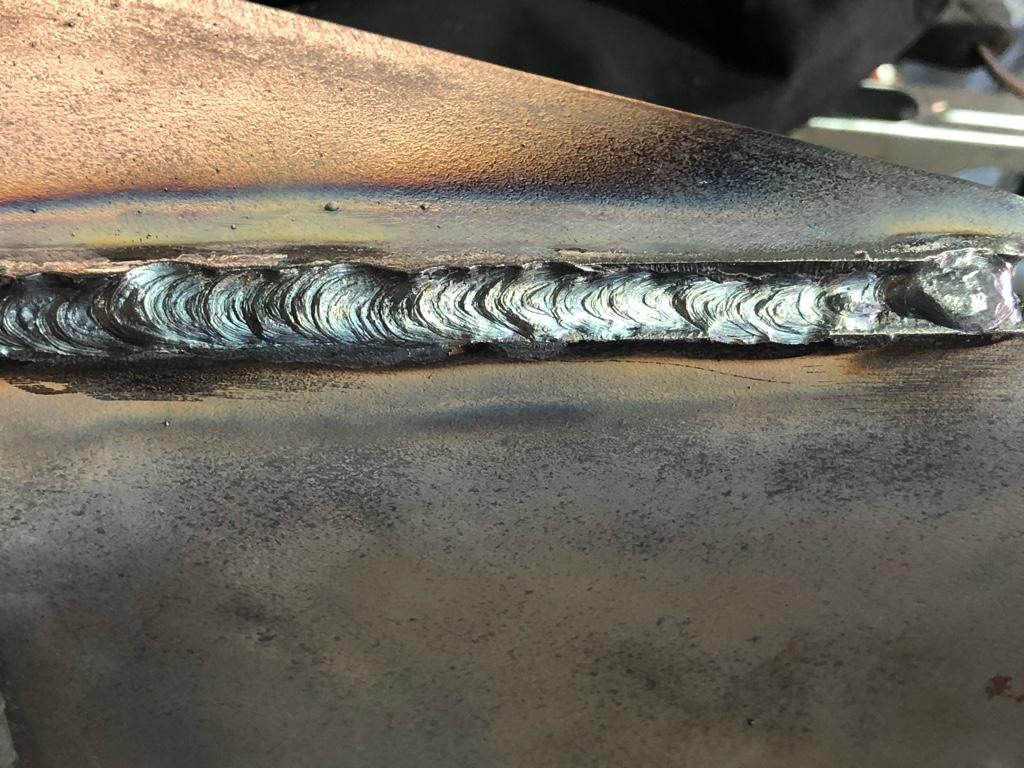Complete Guide to Preventing Weld Undercut: Tips and Techniques
Complete Guide to Preventing Weld Undercut: Tips and Techniques
Blog Article
Grasping the Art of Welding: How to Prevent Undercut Welding Issues for Flawless Manufacture Results
Effectiveness and precision are vital in the world of welding, where even the tiniest imperfection can endanger the structural honesty of a made piece. One common challenge that welders face is undercutting, a flaw that can lead and compromise a weld joint to expensive rework. By comprehending the origin creates of undercut welding and carrying out efficient strategies to stop it, welders can boost their craft to new degrees of quality (Preventing weld undercut). In the quest of remarkable manufacture results, understanding the art of welding to prevent undercut concerns is not simply a skill but a need for those aiming for perfection in their work.
Recognizing Undercut Welding

To prevent undercut welding, welders ought to make sure proper welding specifications, such as changing the current, voltage, travel speed, and keeping the right electrode angle. By understanding the reasons of undercut welding and implementing precautionary measures, welders can attain top quality, structurally audio welds.
Root Causes Of Undercut in Welding
Recognizing the factors that contribute to undercut in welding is necessary for welders to produce top notch, structurally audio welds. Poor welding present or inaccurate welding rate can likewise add to undercut. Recognizing these reasons and implementing correct welding techniques can help prevent damaging concerns, making certain long lasting and solid welds.
Techniques to Avoid Undercutting

To minimize the danger of undercutting in welding, welders can utilize calculated welding methods focused on enhancing the quality and stability of the weld joints. One efficient approach is to adjust the welding criteria, such as voltage, current, and travel rate, to guarantee appropriate warmth input and deposition. Maintaining a suitable electrode angle and making certain regular travel rate can also help avoid undercut. Furthermore, utilizing the appropriate welding method for the particular joint arrangement, such as weave or stringer beads, can contribute to minimizing damaging. Preventing weld undercut.
Moreover, correct joint preparation, consisting of guaranteeing clean base materials cost-free of pollutants and making use of the ideal welding consumables, is critical in avoiding undercut issues. Utilizing back-step welding strategies and regulating the weld bead account can likewise help distribute warm evenly and reduce the threat of undercut. Regular evaluation of the weld joint during and after welding, along with implementing quality control measures, can aid in discovering and attending to damaging issues immediately. By Learn More Here executing these methods vigilantly, welders can accomplish flawless fabrication results with marginal undercut issues.
Significance of Correct Welding Criteria
Picking and keeping proper welding specifications is necessary for achieving successful welds with very little issues. Welding specifications refer to variables such as voltage, existing, take a trip rate, electrode angle, and protecting gas flow rate that straight influence the welding procedure. These parameters need to be thoroughly adjusted based on the sort of product being bonded, its thickness, and the welding method utilized.
Proper welding parameters make sure the best quantity of heat is put on melt the base metals and filler product consistently. If the parameters are set too high, it can bring about too much heat input, triggering burn-through, distortion, or spatter. On the various other hand, if the parameters are as well low, insufficient blend, lack of penetration, or undercutting might happen.
High Quality Guarantee in Welding Procedures

Conclusion
In important site verdict, mastering the art of welding requires an extensive understanding of undercut welding, its causes, and methods to stop it. By guaranteeing proper welding specifications and implementing high quality assurance techniques, perfect fabrication results can be achieved. It is important for welders to regularly pursue excellence in their welding operations to avoid undercut concerns and create premium welds.
Undercut welding, a typical flaw weblink in welding processes, takes place when the weld metal doesn't appropriately load the groove and leaves a groove or clinical depression along the bonded joint.To prevent undercut welding, welders ought to make sure proper welding specifications, such as readjusting the present, voltage, traveling speed, and preserving the appropriate electrode angle. Insufficient welding existing or incorrect welding rate can likewise contribute to damage.To reduce the threat of damaging in welding, welders can use strategic welding strategies intended at boosting the quality and integrity of the weld joints.In final thought, mastering the art of welding needs an extensive understanding of undercut welding, its causes, and methods to prevent it.
Report this page